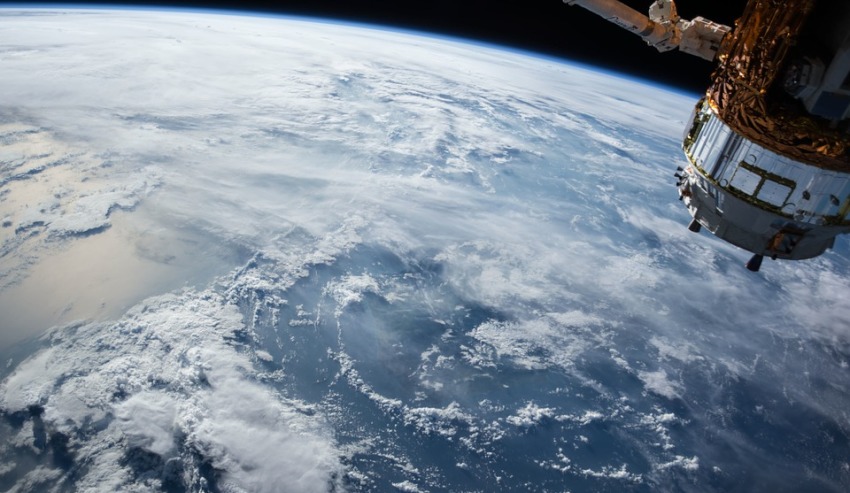
Professor Kreidenweis' group, based in the Department of Atmospheric Science at the Colorado State University, found the boundary layer air that feeds the lower clouds over the Southern Ocean to be pristine – free from particles, called aerosols, produced by anthropogenic activities or transported from distant lands. Their findings are published in Proceedings of the National Academy of Sciences.
Weather and climate are complex processes connecting each part of the world to every other region, and with climate changing rapidly as a result of human activity, it’s difficult to find any area or process on Earth untouched by people.
Professor Kreidenweis and her team suspected the air directly over the remote Southern Ocean that encircles Antarctica would be least affected by humans and dust from continents. They set out to discover what was in the air and where it came from.
Samples were collected during the NSF-funded SOCRATES field campaign, led by research scientist and coauthor Paul DeMott. Graduate student Kathryn Moore sampled the air in the marine boundary layer, the lower part of the atmosphere that has direct contact with the ocean, aboard the CSIRO Research Vessel Investigator as it steamed south from Tasmania to the Antarctic ice edge.
Research scientist and first author Jun Uetake examined the composition of airborne microbes captured from the ship. The atmosphere is full of these microorganisms dispersed over hundreds to thousands of kilometres by wind.
Using DNA sequencing, source tracking and wind back trajectories, Uetake determined the microbes’ origins were marine, sourced from the ocean.
Bacterial composition also was differentiated into broad latitudinal zones, suggesting aerosols from distant land masses and human activities, such as pollution or soil emissions driven by land use change, were not travelling south into Antarctic air.
Research scientist Thomas Hill, co-author on the study, added, “We were able to use the bacteria in the air over the Southern Ocean as a diagnostic tool to infer key properties of the lower atmosphere.
“For example, that the aerosols controlling the properties of SO clouds are strongly linked to ocean biological processes, and that Antarctica appears to be isolated from southward dispersal of microorganisms and nutrient deposition from southern continents. Overall, it suggests that the SO is one of very few places on Earth that has been minimally affected by anthropogenic activities.”
Over the Southern Ocean, sea spray emissions dominate the material available for forming liquid cloud droplets. Ice-nucleating particle concentrations, rare in seawater, are the lowest recorded anywhere on the planet.
The air over the Southern Ocean was so clean that there was very little DNA to work with. Hill attributed the quality of their results to Uetake and Moore’s clean lab process.
"Jun and Kathryn, at every stage, treated the samples as precious items, taking exceptional care and using the cleanest technique to prevent contamination from bacterial DNA in the lab and reagents," Hill said.
This research was supported by a grant of sea time on RV Investigator from the CSIRO Marine National Facility.
Receive the latest developments and updates on Australia’s space industry direct to your inbox. Subscribe today to Space Connect here.









